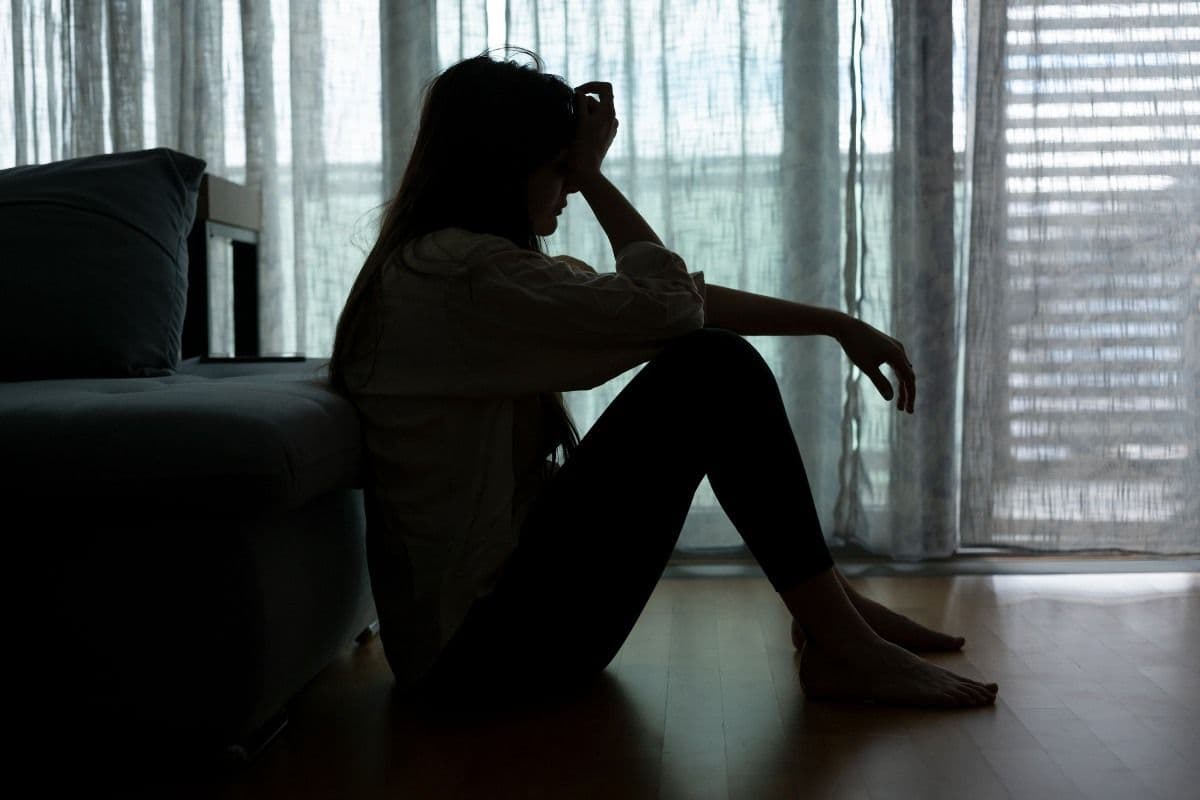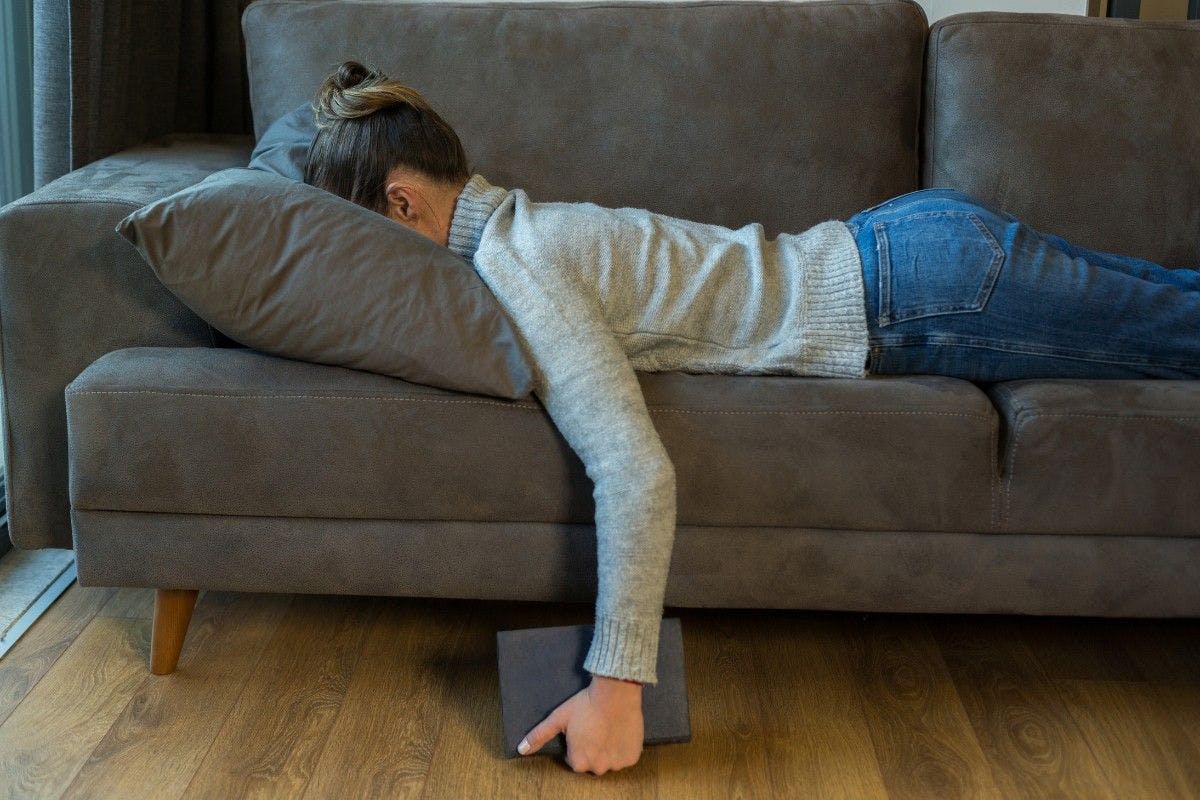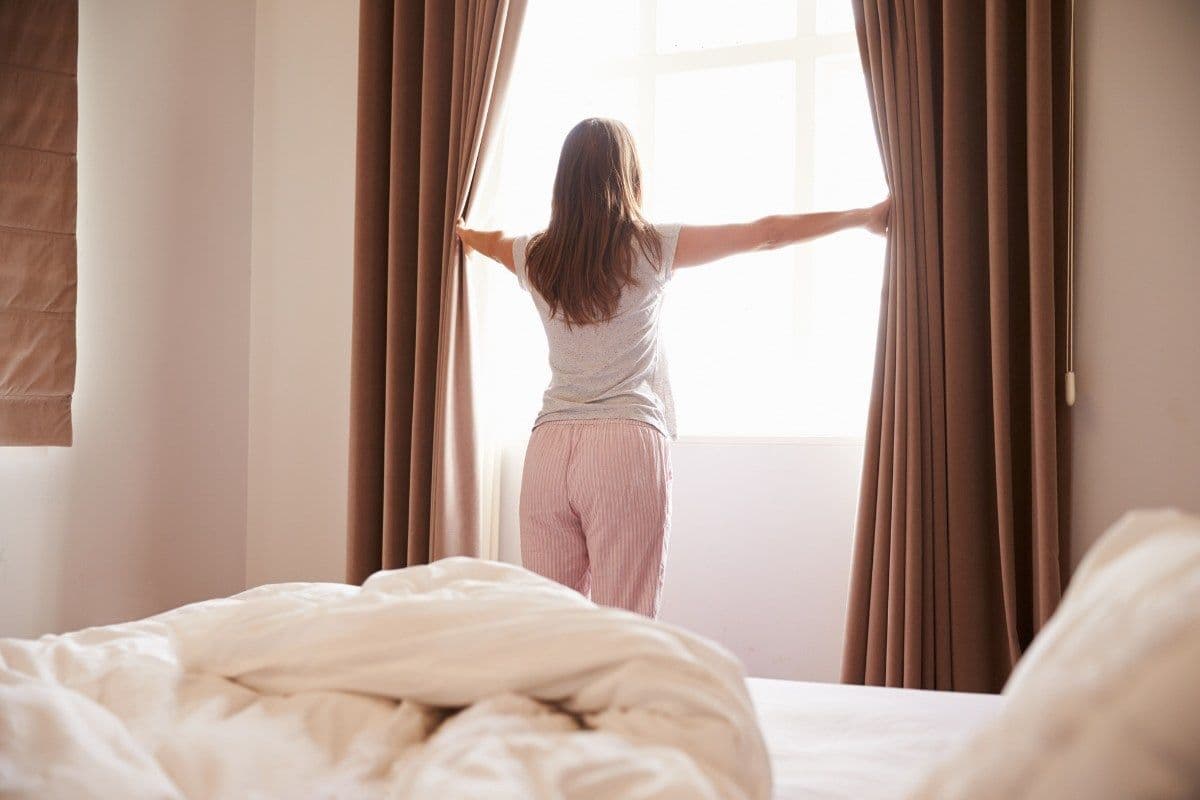Seasonal affective disorder: How to feel good even in winter?
Do you get depressed in autumn and always suffer through the cold months? Maybe you have seasonal affective disorder. So don’t handwave your misery away. You too can feel good all year round. Seasonal Affective Disorder has a very effective treatment that brings quick relief. Come find out where you stand and what you can do for your mental health.
What is Seasonal Affective Disorder?
It is quite normal that our enthusiasm and energy leave us with summer. After the holidays, we get back into the swing of things and most of us are busiest in the last quarter of the year. Almost all of us experience some degree of despondency. But some much more intensely, and the gloomy mood doesn’t leave us until the temperatures rise again.
With the blushing trees come insomnia, big and sudden mood swings, energy drops to a minimum, we overeat more, we are not interested in intimacy and sometimes our immunity drops. This is exactly what Seasonal Affective Disorder (SAP) looks like, which occurs around the same time every year. Most often in the fall or winter and doesn’t go away until spring. It’s as if our body and head have a hibernation from which they can’t wake up.
SAP is an emotional disorder and is most often faced by people between the ages of 20 and 40, but sometimes also by children. Women are many times more likely to struggle with it.

How is it different from the autumn depression?
Seasonal affective disorder is one form of depression. Its main feature is that it appears repeatedly at certain times of the year, most often in autumn or winter. You know in advance that with the falling leaves comes a gloomy mood that can’t be chased away with hot chocolate and a good film. Autumn depression can thus be thought of as the unofficial name for seasonal affective disorder.
However, we sometimes refer to the “normal” depression as autumn depression, which is not dependent on the season. It’s caused by multiple factors, and the gloomy autumn season just adds fuel to the imaginary fire that is your suffering mental health. SAP, on the other hand, comes repeatedly every year.
Symptoms of seasonal affective disorder
Let’s take a look at whether SAP might be the reason you’re feeling unwell. Do you experience these feelings at a similar time every year?
- You always want to sleep or have trouble getting a good night’s sleep.
- You’re always tired and it makes it difficult to do everyday tasks.
- Your appetite has changed and you prefer to eat sweet and carbohydrate-rich foods all the time.
- You are gaining weight.
- You feel depressed and hopeless.
- You’re irritable.
- You avoid people or activities that used to make you happy.
- You feel tense and stressed.
- You have lost interest in sex and physical contact in general.
But even if you find yourself in these symptoms, don’t jump to conclusions on your own. Seasonal affective disorder is a serious form of depression that must be diagnosed by a doctor. Take these points as an indicator that something is really wrong and you should give yourself care and attention.

Seasonal affective disorder has logical causes
Experts agree that the main cause is the lack of natural light – the sun. The data confirms this. The further north people live, the more often they suffer from seasonal affective disorder.
Because when we don’t get enough sun, the following processes happen in our body:
- The levels of serotonin and dopamine drop – the hormones responsible for our positive mood.
- Our biorhythm is disrupted – days are much shorter and this increases our production of the sleep hormone melatonin. We are more tired and sleep is not as good.
What to do in autumn for your mental well-being?
Whether it’s a transitional autumn mood or a seasonal affective disorder, there are a number of ways you can help yourself and feel better right away. Autumn depressed mood is associated with short days and lack of sunshine, so try to expose yourself to daylight as much as possible:
- Walk more during the day. If possible, go for a walk on your lunch break.
- Think about how to let more daylight into your workplace. Move your desk, open the curtains.
- Try letting more light into your home. Couldn’t you cut back the tree branches that are shading your window?
- Replace bulbs in your home with those with full-spectrum lighting that is most like daylight.
- Couldn’t you take a short holiday somewhere sunny?
Find something pleasant to do in autumn, so you don’t blame your troubles on the season and wallow in negative thoughts. How about decorating your home in the spirit of autumn, making your evenings more enjoyable with an autumn drink like a chai latte, or discovering new hobbies that autumn is made for? Like painting, crocheting or learning languages.
As always, sports, meditation, mindfulness training or even journaling can help.

How is seasonal affective disorder treated?
When your doctor diagnoses you with seasonal affective disorder, the doctor most often prescribe phototherapy – light therapy – as a form of treatment. This has great effects after just a few days, and great improvement comes within two weeks. Moreover, phototherapy can be done comfortably at home using a special lamp. It emits full-spectrum light that imitates sunlight. You need to expose yourself to the light first thing in the morning and look directly into the lamp.
You can buy a lamp on the internet and study about phototherapy yourself. But if the autumn depression is bothering you to such an extent, you should definitely not put off seeing a specialist.
For combined or very severe forms of depression, medication may be an option. And as with all depressive problems, (psycho)therapy is a great help.
When is the right time to ask for help?
If you feel unwell, then really any time, ideally as soon as possible. Don’t wait until you’re at your worst and have to pull yourself up from the bottom. Professional help is there for everyone – whether you’re dealing with a minor or major problem. (Psycho)therapy is also great for prevention. You don’t have to be in big trouble to “qualify” to seek help. You just need to be not feeling 100% and want a change.
Our clients who have started (psycho)therapy most often regret that they did not come earlier. Moreover, with Hedepy you can have your first therapy appointment in just a few days. You will discuss with your psychotherapist what is bothering you and find out where you stand with your autumn spleen. If necessary, the therapist will recommend another form of treatment.
Choose from over 150 verified therapists. Based on a five-minute test, we will recommend the three most suitable for you.
Don’t face it alone
Finally, we would like to tell you the last and most important thing. It is completely natural to experience a wave of emotions in a difficult situation. Every crisis has its beginning, but it also has its end. Yours too. Therefore, if you are at least considering it even a tiny bit, ask for the help of a psychologist, psychiatrist, psychotherapist, or coach. Don’t face it alone; you can find help – At Hedepy.cz, there are more than 30 therapists. You can choose someone who is best suited to your needs, and make an appointment for the next day. You can then connect with the therapist online, from the comfort of your own home.Thinking about therapy?

My First Therapy: How to Prepare and What to Expect

What is psychotherapy? And who is it for?


